BLUES
UNLIMITED
Essential Interviews from the
Original Blues Magazine
MUSIC IN AMERICAN LIFE
A list of books in the series appears at the end of this book.
BLUES
UNLIMITED
Essential Interviews from the
Original Blues Magazine
Edited by
Bill Greensmith, Mike Rowe, and Mark Camarigg
Foreword by
Tony Russell
University of Illinois Press
Urbana, Chicago, and Springfield
2015 by the Board of Trustees of the University of Illinois
All rights reserved
Manufactured in the United States of America
1 2 3 4 5 C P 5 4 3 2 1
 This book is printed on acid-free paper.
This book is printed on acid-free paper.
All photographs Blues Unlimited unless otherwise credited.
Library of Congress Cataloging-in-Publication Data
Blues unlimited : essential interviews from the original blues magazine / edited by Bill Greensmith, Mike Rowe, and Mark Camarigg; foreword by Tony Russell.
pages cm. (Music in American life)
Includes bibliographical references and index.
ISBN 978-0-252-03941-6 (hardcover : alk. paper)
ISBN 978-0-252-08099-9 (pbk. : alk. paper)
ISBN 978-0-252-09750-8 (e-book)
1. Blues (Music)History and criticism. 2. Blues musiciansUnited StatesInterviews. I. Greensmith, Bill, 1949 editor. II. Rowe, Mike, editor. III. Camarigg, Mark, editor. IV. Russell, Tony, 1946 writer of supplementary textual content. V. Blues unlimited.
ML 3521.B645 2015
781.6430922dc23 2015008520
with a book grant from Figure Foundation
blues the wind uprising
For Simon Napier and Mike Leadbitter, Blues Unlimited founding editors
CONTENTS
FOREWORD
Tony Russell
In April 1963 the first issue of Blues Unlimited emerged like a small green shoot in a near desert. Over the next half century, the blues periodical library would grow to thousands of issues of scores of titles from a dozen or more countries, but at the time, BU stood alone on the blues enthusiasts bookshelf, the first magazine to be devoted exclusively to the blues.
A comprehensive blues library today would also include many hundreds of books, but in 1963 that shelf too would have been sparsely occupied. The core items were Samuel B. Charterss The Country Blues (1959) and Paul Olivers Blues Fell This Morning (1960), with perhaps Big Bill Blues (1955), the story of the blues singer Big Bill Broonzy as told to the Belgian writer Yannick Bruynoghe. (These would be joined later in 1963 by Leroi Joness Blues People.) An avid and well-resourced enthusiast might also have acquired scholarly volumes on African American music such as Howard W. Odum and Guy B. Johnsons The Negro and His Songs (1925), Dorothy Scarboroughs On the Trail of Negro Folk-Songs (1925), and Newman I. Whites American Negro Folk-Songs (1928). Anyone who had been around long enough to know about it might own Iain Langs Background of the Blues, first published as an essay in the mid-1940s, then as a pamphlet, then expanded into a book. For the serious record collector, there was the French jazz authority Hugues Panassis Discographie critique des meilleurs disques de Jazz (1958), which embraced a number of blues artists, and there were the compilations of label listings that had been occasionally published in the United States since about 1959 under the title Blues Research. Still, the shelf was scarcely bowing beneath the weight of works.
The diminutive blues library of 1963 gives some idea of the vastness of the terrain the founders of BU were setting out to discover, and how few maps they held at the start of their journey. This is not to say that no one was writing about blues in magazines before BU appeared. In Belgium, Rhythm & Blues Panorama had been evenhandedly covering jazz, blues, and gospel since February 1960, featuring knowledgeable writing by Bruynoghe, George Adins, Bernard Niquet, and editor Serge Tonneau. Since the 1950s, the world of R&B had been explored by the Frenchman Kurt Mohr at Jazz Hot and by the contributors to the Swiss magazine Jazz Statistics. Back in the U.K., Max Jones, a staff writer on the weekly music paper Melody Maker, though chiefly concerned with jazz matters, had been talking to its readers about blues records since the 40s; he also published a thoughtful essay, On Blues, in The PL Yearbook of Jazz 1946. Paul Oliver had been writing articles and reviewing records in Jazz Monthly since the 50s, and there were other contributors to that magazine and its peer Jazz Journal who reviewed competently the few blues LPs and EPs that crept onto the U.K. market. Similar notices of blues releases appeared sporadically in other European jazz magazines and in U.S. periodicals like DownBeat.
The reason blues was mediated through jazz magazines was twofold: there were no blues magazines (and precious few specialist blues writers), and in any case blues was regarded as a sort of relation of jazz: not a poor relation exactly, more an unlettered country cousin. It was thought of as unsophisticated but with a bucolic wit and a down-to-earth outlookwhat someone only half-jocularly called an instinctive lowdown on ontological despairthat were not only beguiling in themselves but instructively backlit the rise and self-improvement of the urban, and urbane, jazz musician. So the editors of jazz magazines, whether in the U.S., the U.K., or continental Europe, regarded it as a duty to history to give some consideration to the blues and to the tiny body of people who liked it and wanted to know more about it.
But those were people who had typically come to an appreciation of blues through jazz, or through blues artists associated with jazz, like Bessie Smith, or through music poised between blues and jazz, like boogie-woogie, and they generally had a decade or two of listening experience. The founders of BU did not belong to that generation. They were in their early twenties, and in their teens they had been drenched by the great cloudburst of 50s American R&B. Their first teachers had been Little Richard, Fats Domino, James Brown, Chuck Berry, and Bo Diddley, and then hard bluesmen like Muddy Waters, Howlin Wolf, Jimmy Reed, and John Lee Hookerall of them artists who not only were still alive but who also were at, or only just past, the peak of their skills. Consequently, the museumification of the blues that permeated its coverage by jazz writers would not be perpetuated in the pages of BU. Its true that from the start the magazine did pay some attention to the blues past, but it revealed to its readers figures like Charley Patton and Booker Whitenot members of the jazz-blues pantheon, but new and strange gods.
Unaffected by the factionalism that often erupted in the jazz magazines, dividing adherents of the old from proponents of the new, the contributors to BU embraced with equal enthusiasm long forgotten figures from the 20s and 30s and working blues musicians of the present. The first issue had articles on the very active Little Junior Parker and the obscure 30s bluesman Bull City Red; the third issue, on Howlin Wolf, Buddy Guy, and the 30s steel guitarist Casey Bill Weldon; the fourth, on Billy The Kid Emerson, who was still making records in Chicago, and Mississippi John Hurt, who had not been in a studio since 1928.
It was cartography on the Mason-Dixon model, with explorers venturing where few, if any, with their concerns had been before, except that now mapmakers were being dispatched not on a single expedition but in every direction to plot the landscape of the blues. It may seem curious that the hub of this project was the southern English seaside town of Bexhill-on-Sea, but, then, Mason and Dixon were Englishmen too.

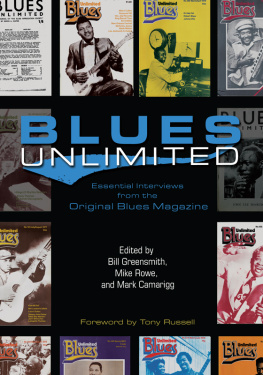
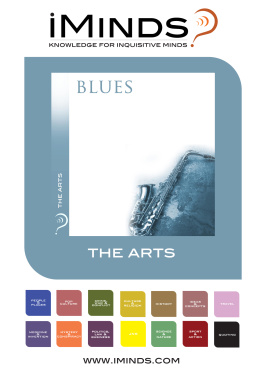
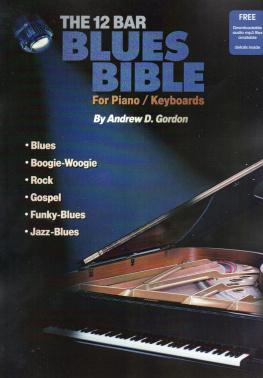
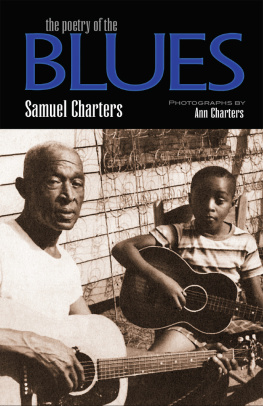
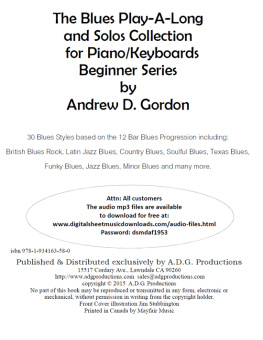

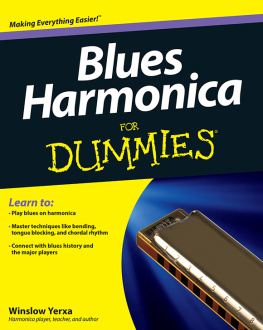
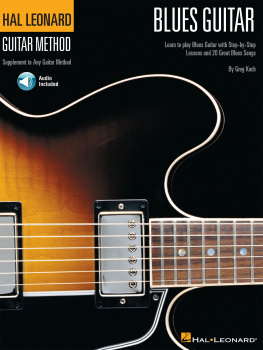
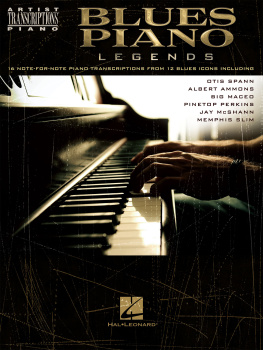
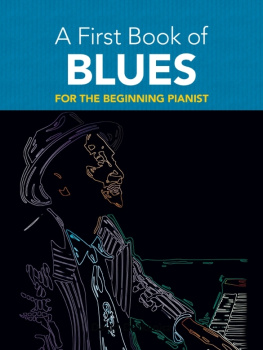
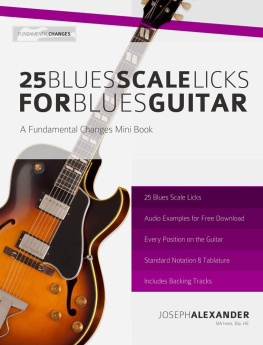

 This book is printed on acid-free paper.
This book is printed on acid-free paper.